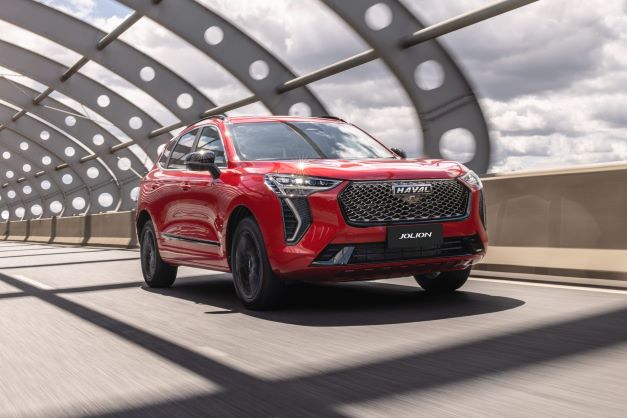Chris Riley tests the 2023 Haval Jolion S with pricing, specs, ride and handling, safety, verdict and everything the over-50 driver needs to know.
Summary: The Haval Jolion S looks to have the features and style to tempt a lot of cost-conscious buyers.
2023 Haval Jolion S
Pricing: $36,990 (driveaway)
Options: metallic paint $495
Warranty: Seven-years/unlimited km, five-years/100,000km roadside assist
Safety: 5-star ANCAP (tested 2022)
Build location: China
Engine: 1.5-litre turbo intercooled 4-cylinder DOHC petrol
Power: 130kW at 6000rpm
Torque: 270Nm at 4000rpm
Transmission: 7-speed sports automatic dual clutch, front-wheel drive
Body: 4472mm (long); 1841mm (wide); 1574mm (high)
Weight: 1495kg
Towing capacity: 1500kg
Wheels: 18-inch alloy
Tyres: 225/55 R18
Ground clearance: 168mm
Fuel tank capacity: 55 litres
Official consumption: 7.5L/100km (91 RON petrol)
Consumption on test: 10.0L/100 (400km)
seniordriver consumption on test: Not tested
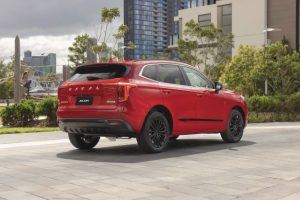
[review]
Jolion is the smallest of Haval’s SUVs and by virtue of that fact, it is also the cheapest.
The range was expanded with the addition of a sporty S model in November that, with a raft of black bits, sounds a lot like the earlier Vanta.
But this time around there’s a more powerful turbocharged engine together with a more sophisticated rear suspension setup to justify the sporty persona – and it’s pretty good.
It’s not a bad looking bus either, with its short rump, long bonnet and aggressive fascia.
What’s it cost?
Prices for Jolion start from $28,490 for the Premium, followed by Lux at $30,990, Ultra at $33,990, S $36,990, then Lux Hybrid from $36,990 and Ultra Hybrid at $40,990.
Metallic paint adds $495 and all prices are driveaway, no more to pay.
Standard kit includes two-zone climate air, PM2.5 air filter, artificial leather upholstery, real leather wrapped steering wheel, heated front seats and six-way electrically adjustable driver’s seat.
There’s also adaptive cruise control, LED head, fog and daytime running lights, auto lights and wipers, auto dimming rear view mirror, rear park sensors and a panoramic sunroof.
Infotainment consists of a 12.3-inch touchscreen, six-speaker audio with DTS sound processing, Bluetooth, AM/FM radio, wired Android Auto and Apple Carplay, wireless phone charging, with a front USB port for data and charging and another one in the rear for charging only – plus a single 12-volt outlet in the front.
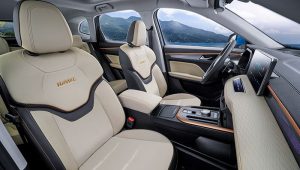
What you don’t get is DAB+ digital radio, and nor is satellite navigation part of the deal, which quite frankly we can’t believe. For Chinese cars to gain acceptance and ultimately cement their place in the market, these two items should be a given.
You can hook up your phone through CarPlay or Android Auto, and use it to provide navigation – but try getting it to work when you don’t have access to internet.
S adds 18-inch black alloys, black door mirrors, black roof rails, a black side garnish and blacked-out lower front and rear bumpers.
Five-star safety extends to seven airbags, including a centre bag, reverse and 360-degree camera and Autonomous Emergency Braking (AEB) with pedestrian, cyclist and crossroads detection.
There’s also Head-Up Display (HUD), Lane Keep Assist (LKA), Lane Departure Warning (LDW), Blind Spot Detection & Lane Change Assist, Forward Collision Warning (FCW) and Traffic Sign Recognition (TSR).
Note however that the hybrid version is yet to receive a rating.
We should make mention of the driver fatigue/attention camera fixed to the inside of the driver side front door pillar.
Take your eyes off the road for a few seconds and it sounds a warning. Not a bad idea, but it doesn’t take long to wear out its welcome. If you look carefully, you can switch it off in settings – we did.
There are two ISOfix anchors for the outer back seats and three top-tether points for child seats.
Jolion is backed by a 7-year/unlimited km warranty, 5-years roadside assistance and 5-years capped price servicing.
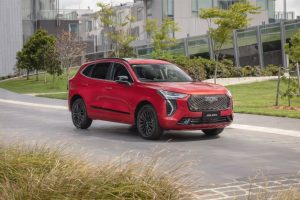
What’s it go like?
Jolion is surprisingly large and comfortable, with heated power-adjust front seats and a good-sized boot with a space saver spare under the floor.
It’s 4472mm long, 1841mm wide, and 1619mm high, with a 2700mm wheelbase, with a kerb weight of 1495kg, giving it the edge over many competitors.
Boot space is a generous 430 litres with the rear seats in place, or 1133 litres with them folded and the wagon has a 1500kg braked tow capacity.
Entry is keyless but only for the driver that is, with a thumb-operated button on the door handle. A trip around to the other side of the car reveals the front passenger door lacks the little activator.
Once you’re inside, there’s plenty of room, even in the back seat, together with air outlets for rear seat passengers.
Although the driver’s seat is power adjustable, the steering wheel surprisingly lacks reach adjustment.
In the S, performance receives a boost courtesy of a new 1.5-litre four-cylinder turbocharged petrol engine that delivers 130kW of power and 270Nm of torque, the latter between 2000 and 4400 revs.
That’s 20kW and 50Nm more than the rest of the range.
The new engine is mated to a seven-speed dual clutch auto, with drive to the front wheels, four drive modes and steering wheel-mounted change paddles for ultimate control.
Gear selection is via a space-saving rotary control located in the centre console. Anti clockwise for reverse, clockwise for drive/manual with a centre button for park which automatically engages the electric handbrake.
Fuel consumption from the 55-litre tank is a claimed 7.5L/100km and it takes standard 91 unleaded.
That’s an improvement of 0.6 litres per 100km compared to the standard 1.5-litre engine.
We were getting bang on 10.0L/100km after more than 600km.
As mentioned, ride and handling benefit from a new, independent, multi-link rear suspension that replaces the torsion beam setup found on other models.
I’m starting to warm to this car. The basics are here but there are so many things I’d change if I had input into the design process.
The extra power delivers a lively driving experience, but it is overshadowed by the twin clutch transmission which makes the car difficult to control in low-speed manoeuvres.
For example, nosing up a slope to park behind another vehicle, or backing out of a parking spot slowly enough to make sure there’s nothing coming is more difficult than it should be.
A touch on the accelerator produces nothing, while a second heavier attempt is liable to send the car shooting forward, or backwards as the case may be.
It needs some adjustment and refinement.
The ride too needs some refinement. It’s okay on smooth roads, but get it off the good stuff and it quickly becomes harsh and jarring – although it handles surprisingly well.
The brakes are first rate, as we discovered in a series of emergency stops.
To access the different drive modes it is necessary to drill down through the touchscreen menu. No flicking between them.
Ideally, put it in Sport mode, which is more pre-emptive and removes any lag between gear changes, or switch to manual mode and change gears using the paddle shifts.
Meanwhile, in response to customer feedback, buttons have been added below the touchscreen to make it easier to adjust cabin temperature.
That’s a good idea, but the only button we found was for on/off and you still have to play pin the tail on the donkey to adjust the temperature up or down using the screen.
Then there’s the trip computer that, like Aladdin’s cave, is accessed by a secret button, or more specifically by holding down the OK button on the steering wheel for several seconds. Then you have a few short seconds before the options disappear and the process needs to be started over again.
Not to mention the reverse camera which lacks guidelines and cruise control which can be adjusted only in 5km/h increments.
For Pete’s sake!
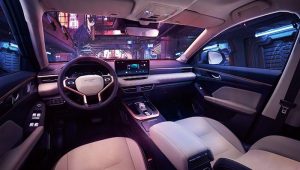
What we like
- Good size
- Well equipped (mostly)
- Packs a punch
- Long list of safety assist
- Plenty of rear legroom
- Rear air vents
What we don’t like
- Misses out on digital radio
- Same goes for built-in satnav
- Steering wheel lacks reach adjustment
- Jerky throttle response
- Irritating driver warnings
What over-50 drivers need to know
Once again, the Haval Jolion has a lot to offer for the price.
But it is in desperate need of further refinement before it is ready to take its place as a family favourite.
Someone with cabin ergonomics experience would be invaluable, instead of the geeks they let loose on the instruments and infotainment system.
How hard can it be?
If these things are not of concern, then the Jolion, particularly the latest S version, could be just the ticket.
It’s a good size, with plenty of rear legroom and comes with a longish equipment list.
It’s also safe and easy to drive, and believe it or not packs a punch. What more could you ask for?
seniordriver comments
The alternatives to the Haval Jolion are surprisingly thin on the ground. Naturally, most people will turn to the Koreans. The Kia Seltos starts at $29,500, rising to $41,500 for the top-of-the-range 2-litre GT-Line. But you’ll need to add in on the road costs, and that rather changes the equation. The other contender is the Hyundai Kona, once again with on the road costs to be factored in. The Kona starts at $26,900 and tops out at $38,300. Moving across to the other possibilities, Mazda’s CX-30 kicks off at $30,210. The MG ZST is definitely worth a look at $26,990 to $34,990, and those prices are driveaway. Also worth including is the long-in-the-tooth but surprisingly competent Mitsubishi ASX from $23,990 to $34,740 (plus on road costs).
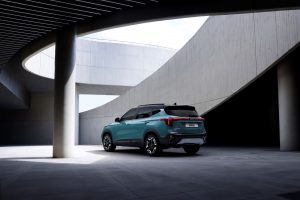
Despite having 2-litre engines compared to the Haval’s 1.5-litre, the Haval produces more power and considerably more torque compares to the Koreans’ 110kW and 180Nm and they both use the more user-friendly constant variable transmission rather than the occasionally temperamental dual clutch in the Haval. Another thing to consider is that Hyundai has rather been left behind in the warranty stakes, only offering five years of cover (although it wasn’t too long ago, we could have considered that to be outstanding!)
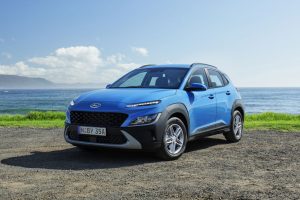
You’ll save a few dollars by buying either the MG or Mitsubishi ($3000 compared to the Jolion S on the top-of-the-line MG Essence and $2250 on the ASX) but those savings will evaporate once you pay the on-road costs. The MG is slightly down on power and torque against the Jolion and the ASX only gets a five-year warranty.
As usual, we question the efficacy of warning systems that become so intrusive that most users will switch them off. As we’ve said before, safety features only work when they’re switched on. We’ve experienced annoying warnings in many cars, and it really is unnecessary for them to be so sensitive.
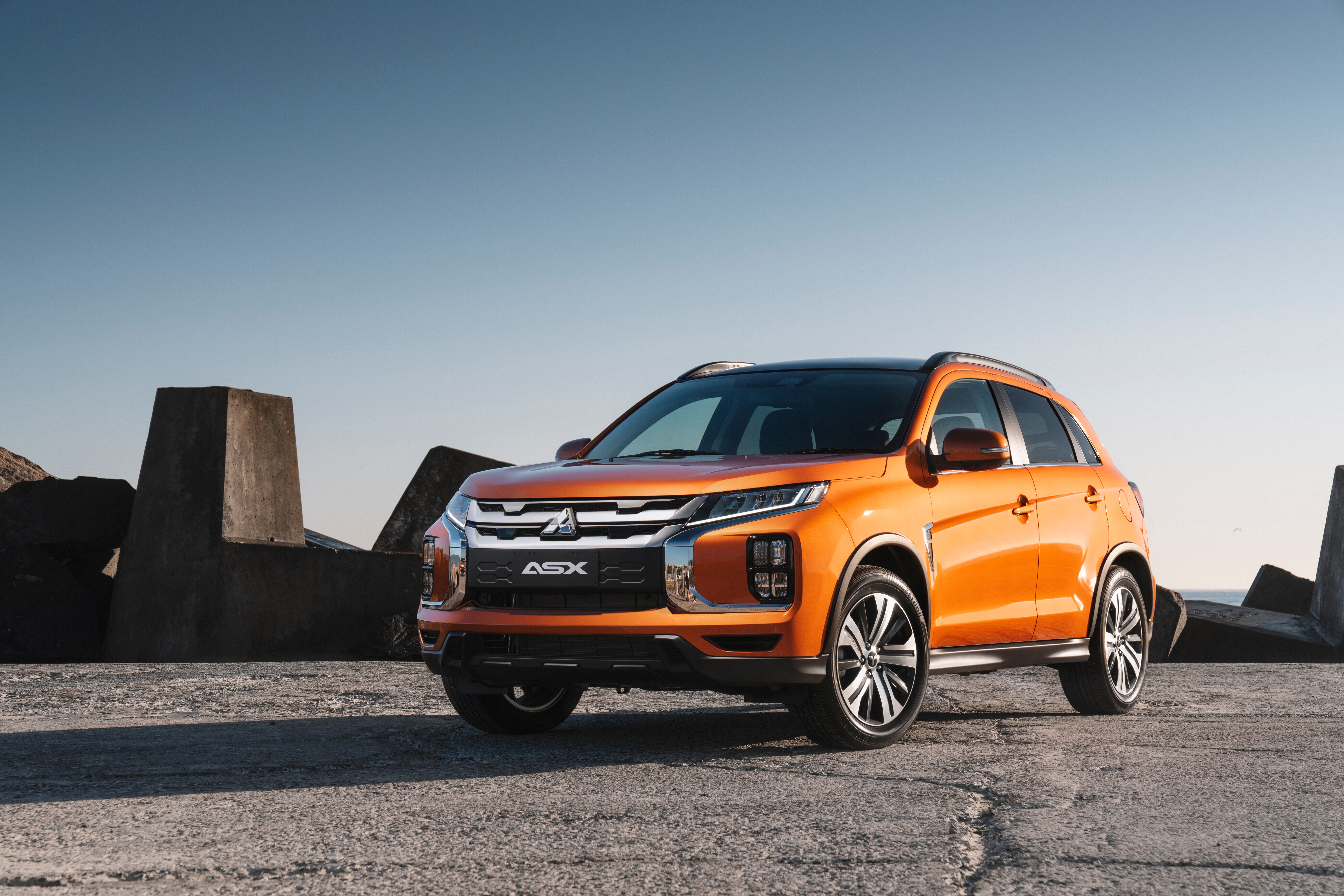
Our experience of the Haval is that the quality of fit and finish is unexpectedly high, and this fact alone is likely to sway many buyers. To be fair, there’s little to complain about in the MG, Hyundai, Mazda, Mitsubishi or Kia.
We’ve had a few vehicles lately that don’t have reach adjustment for the steering wheel and having to adjust cabin temperature using the screen should be outlawed.
